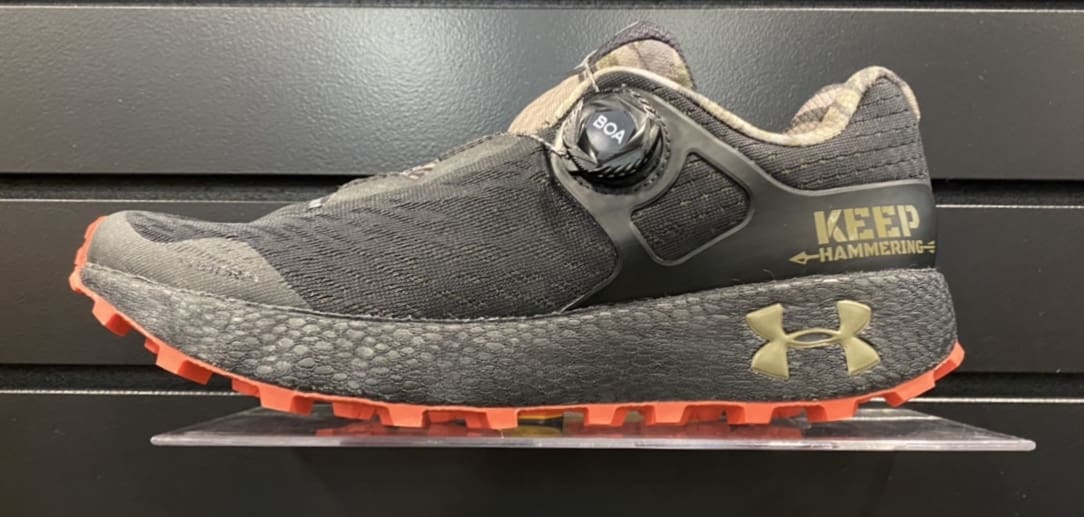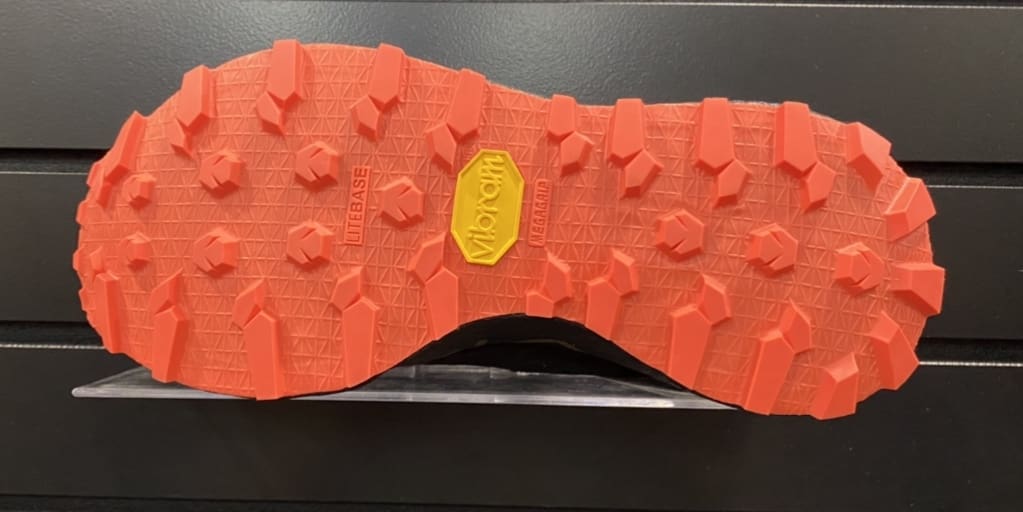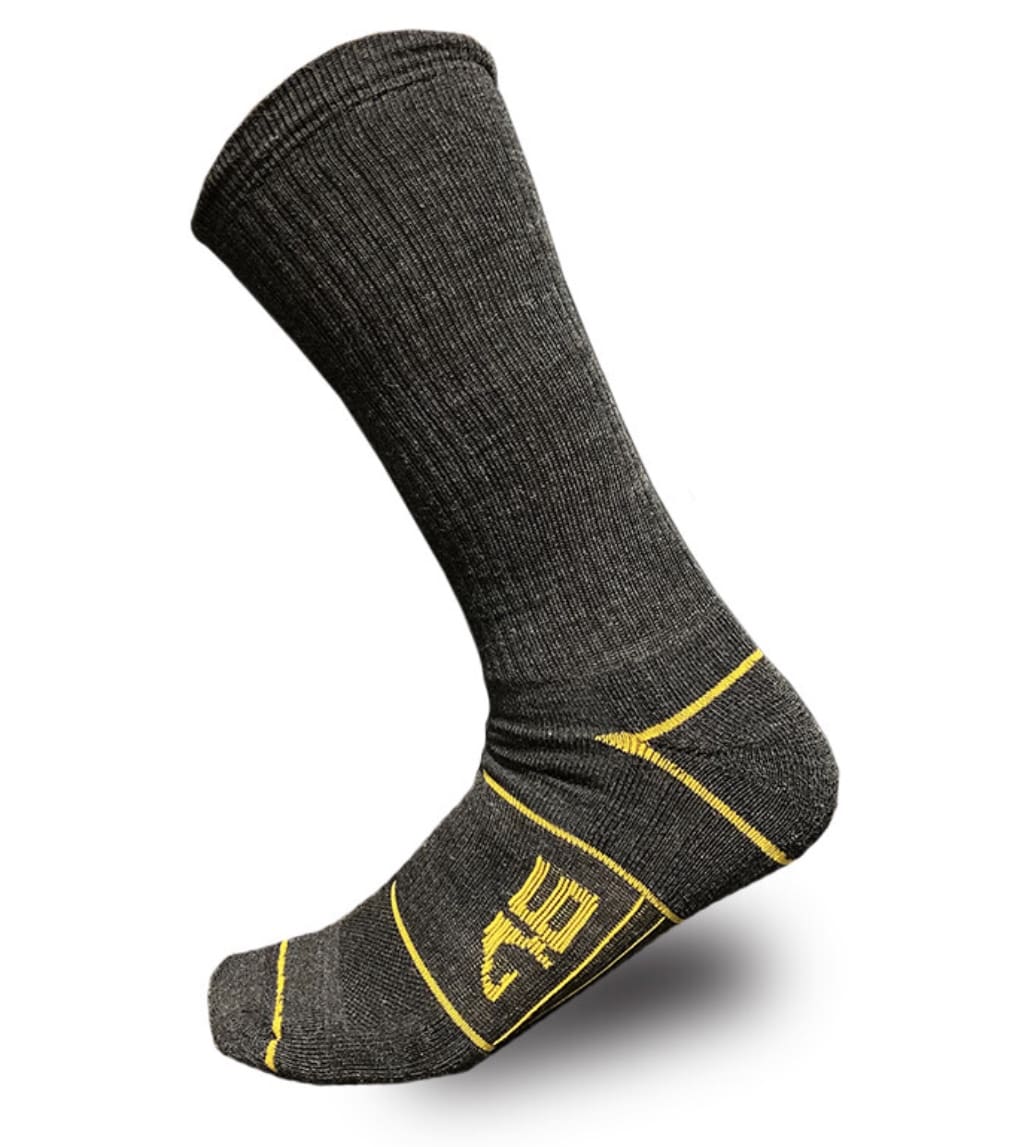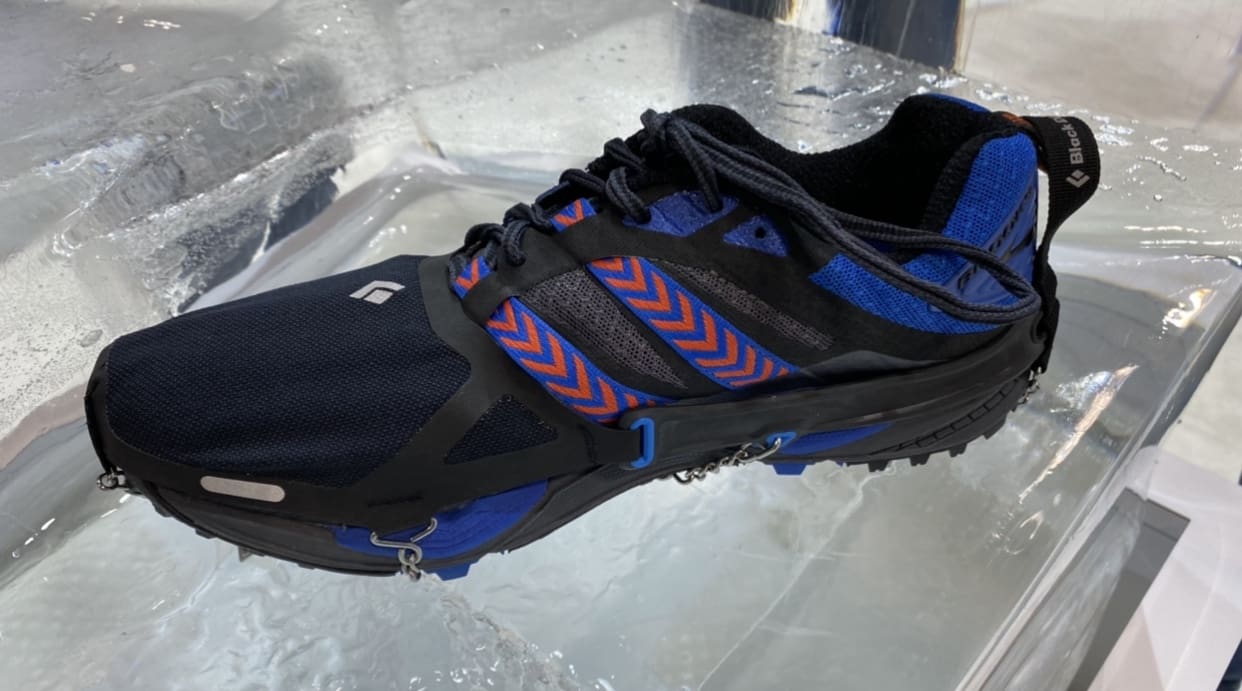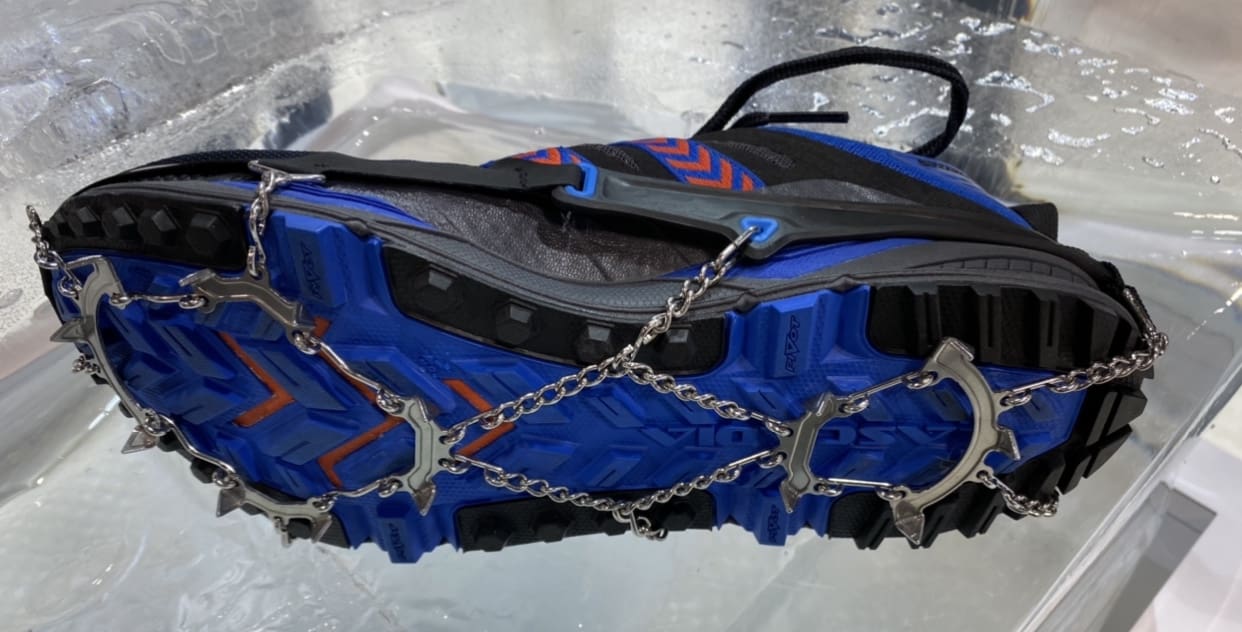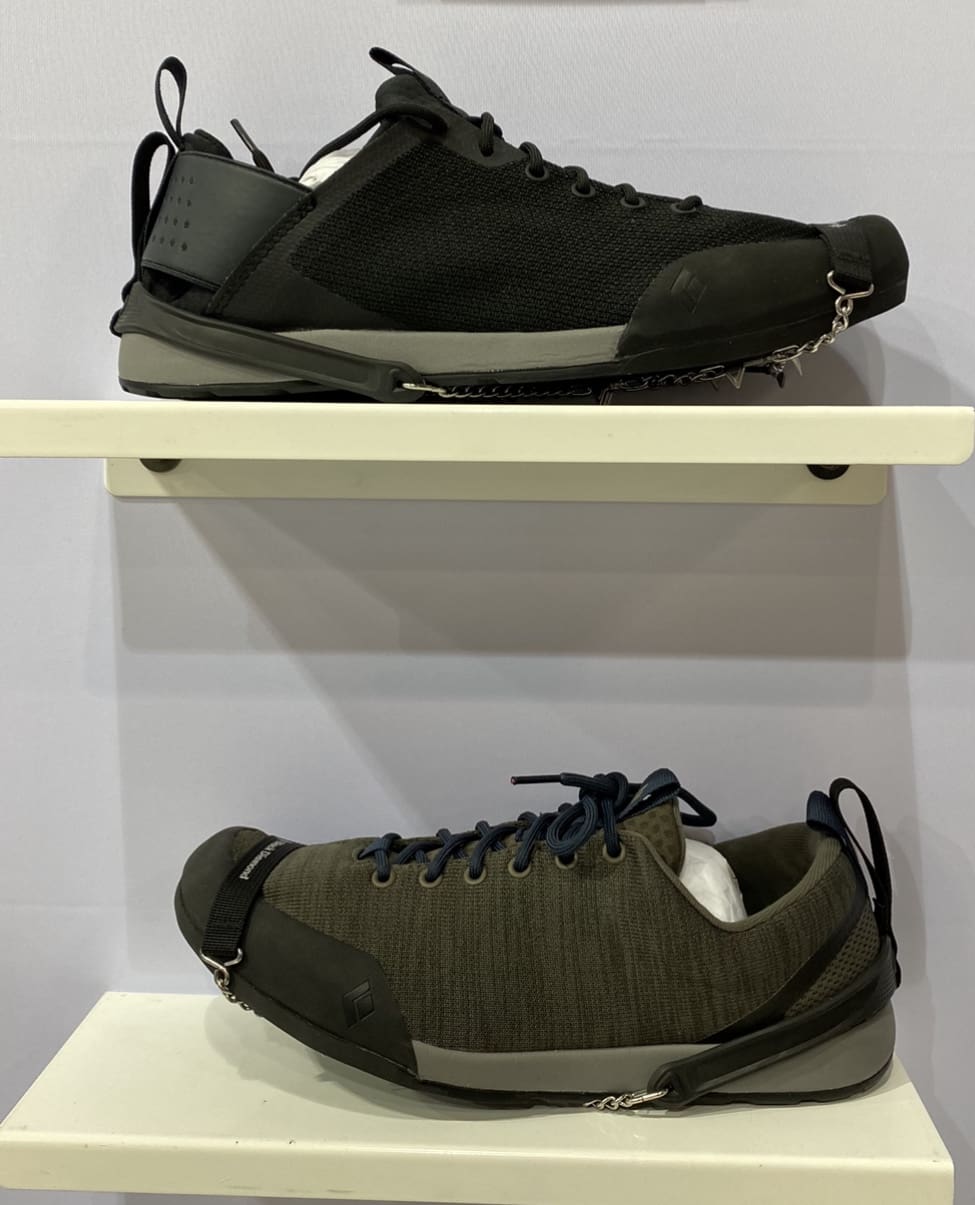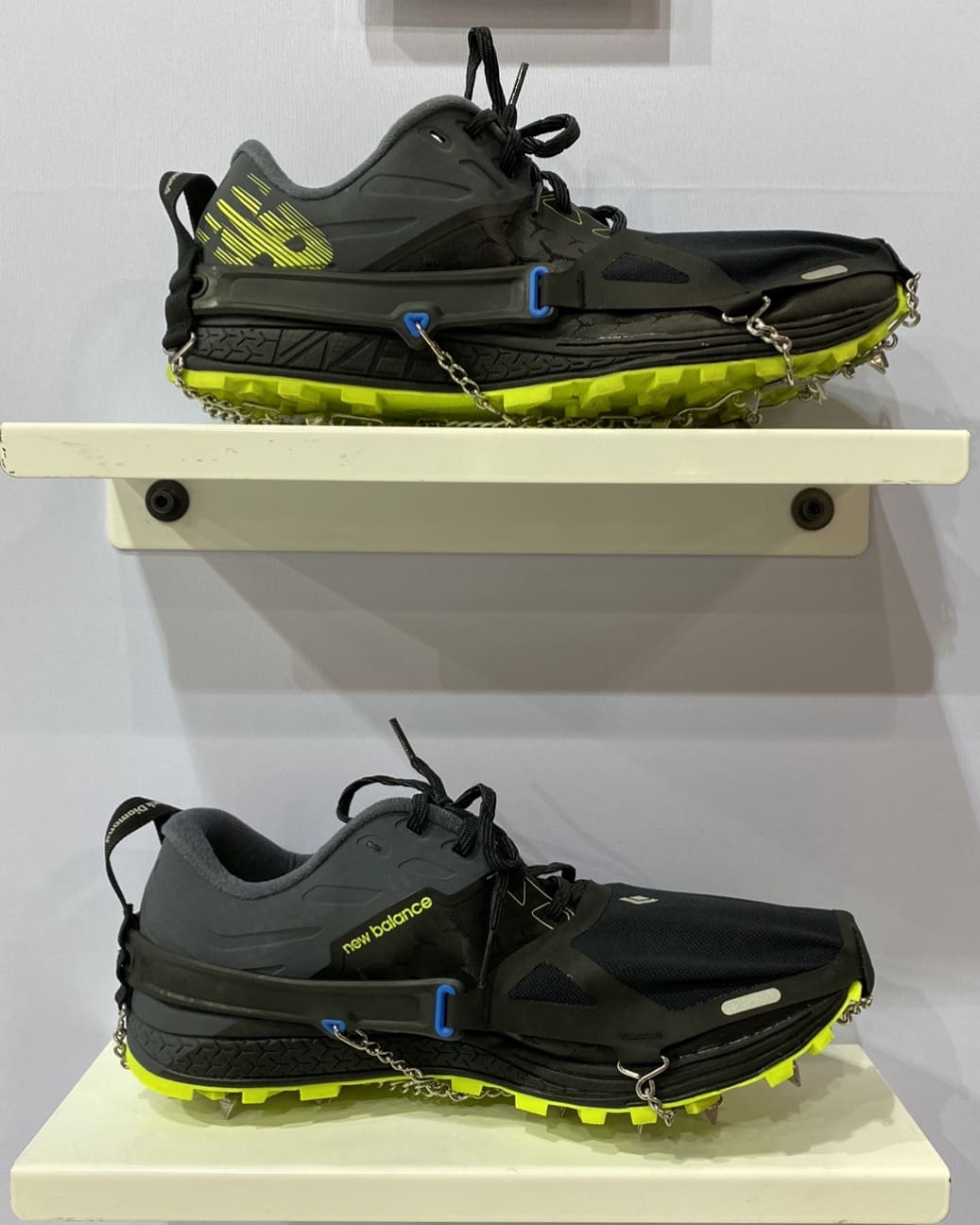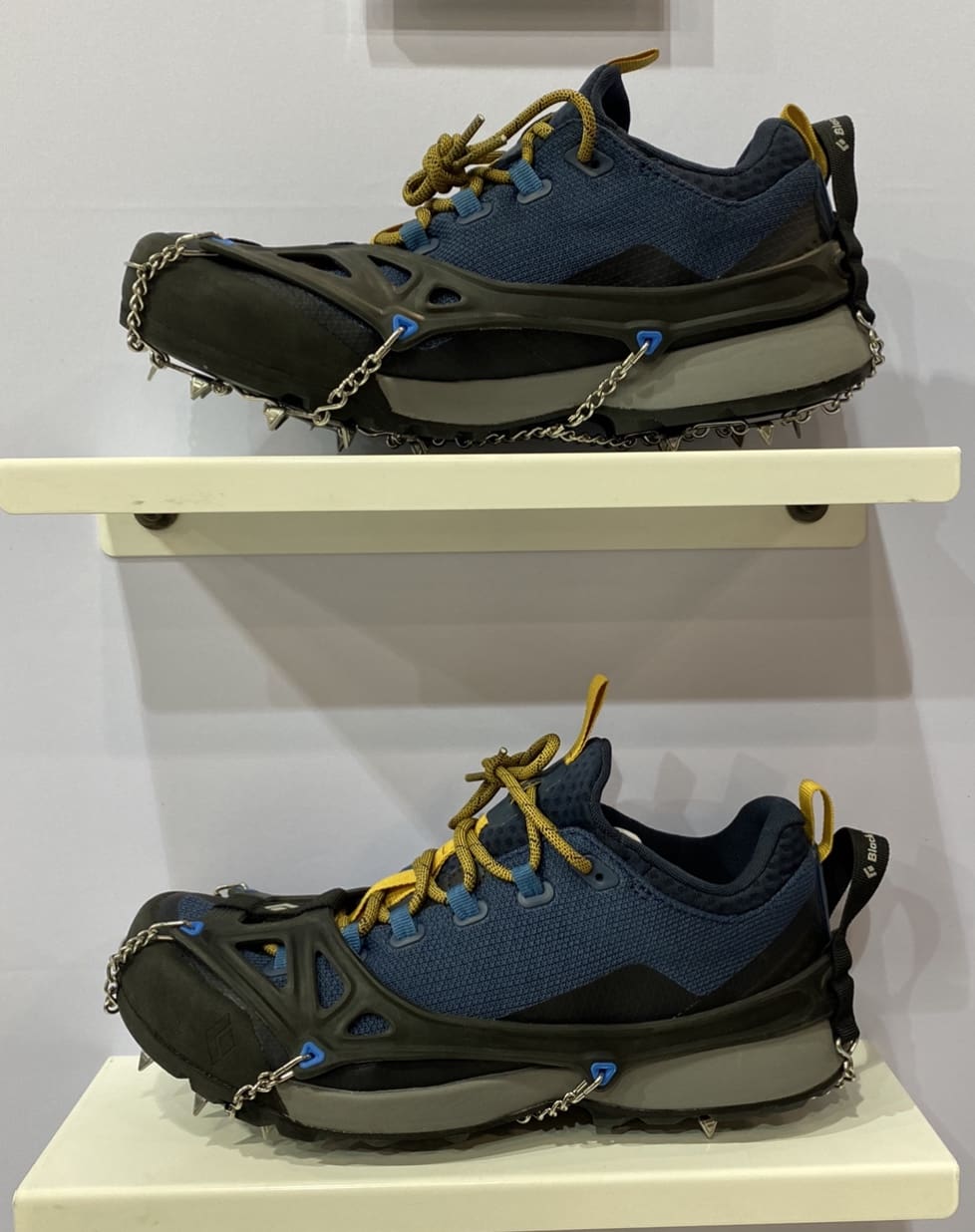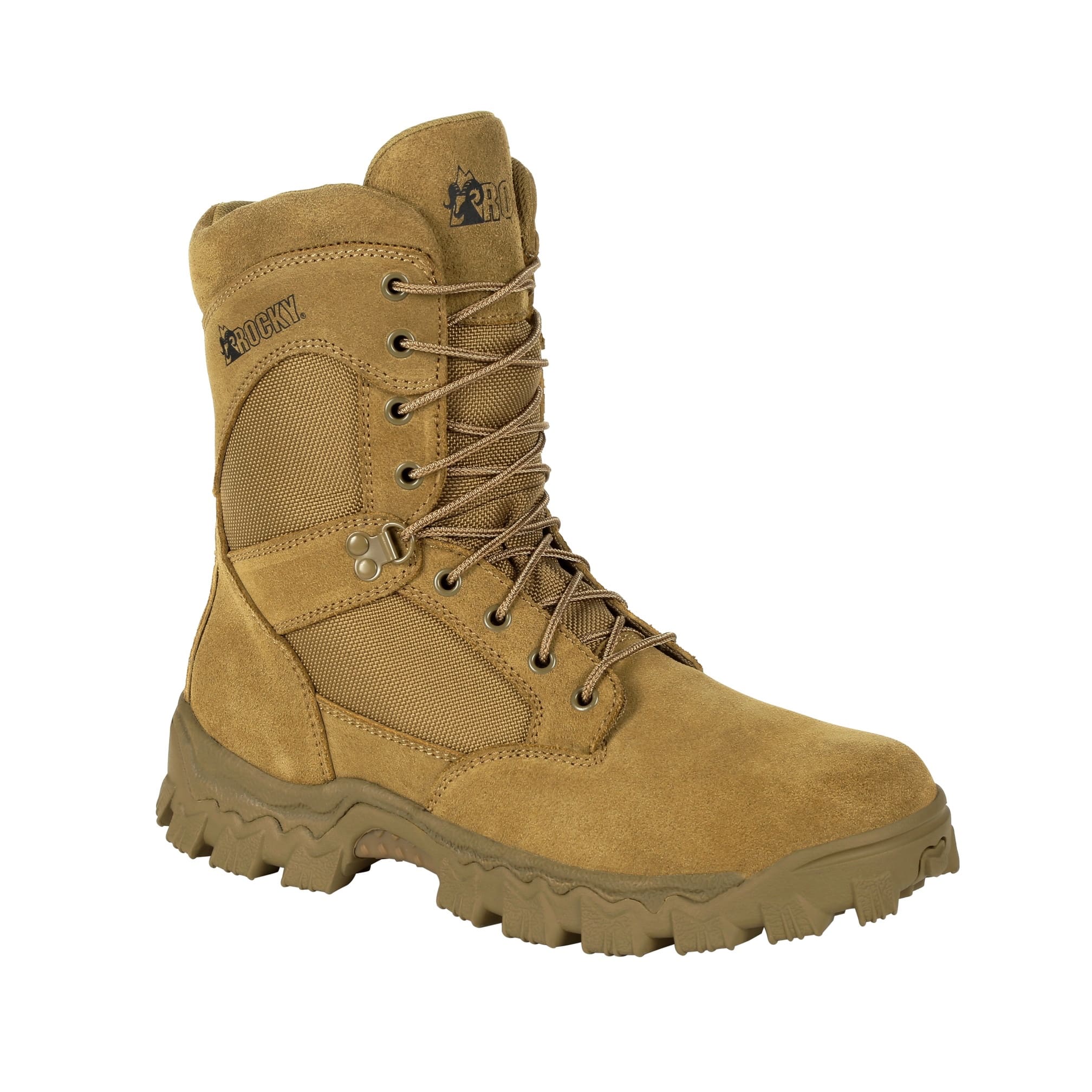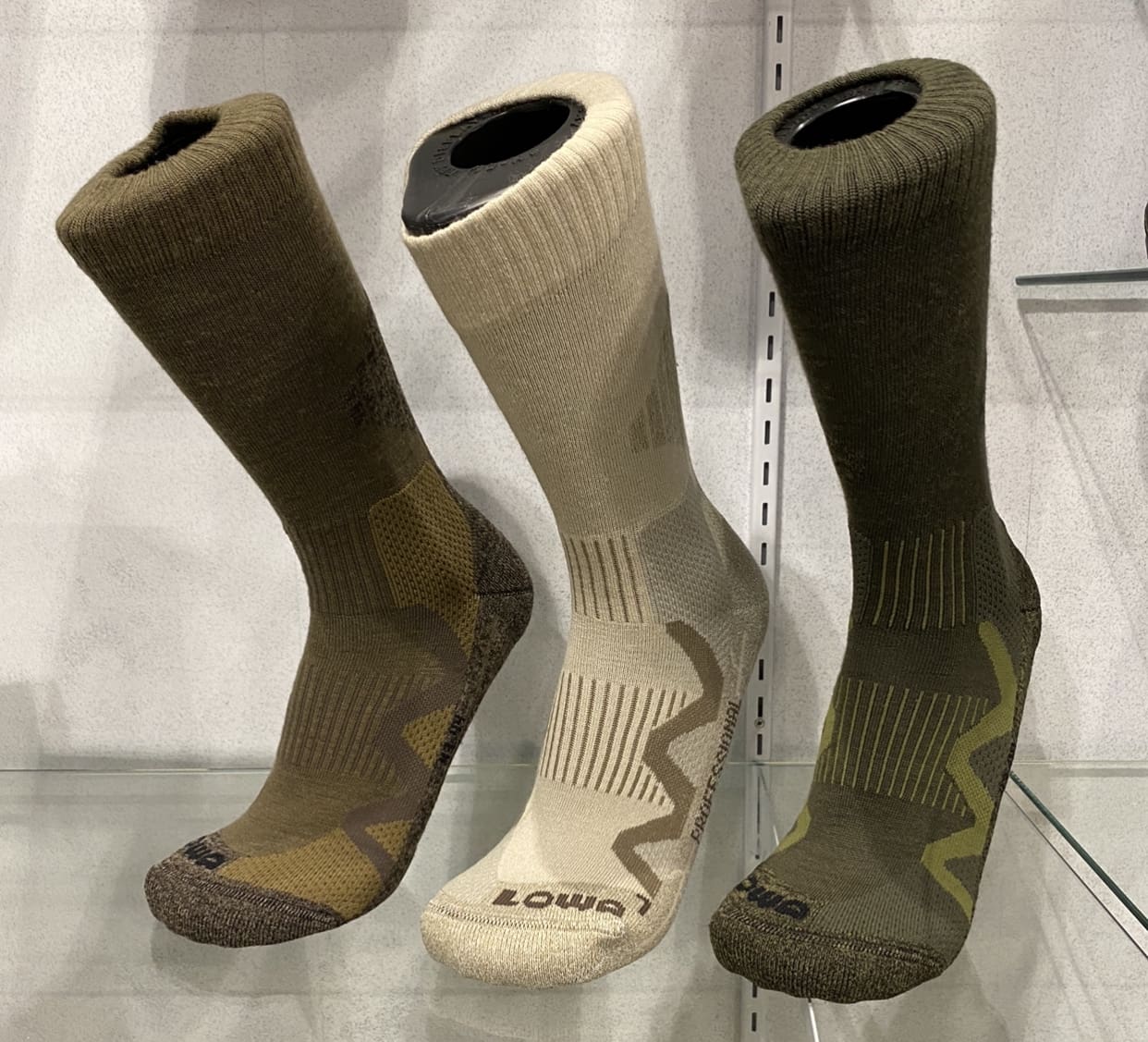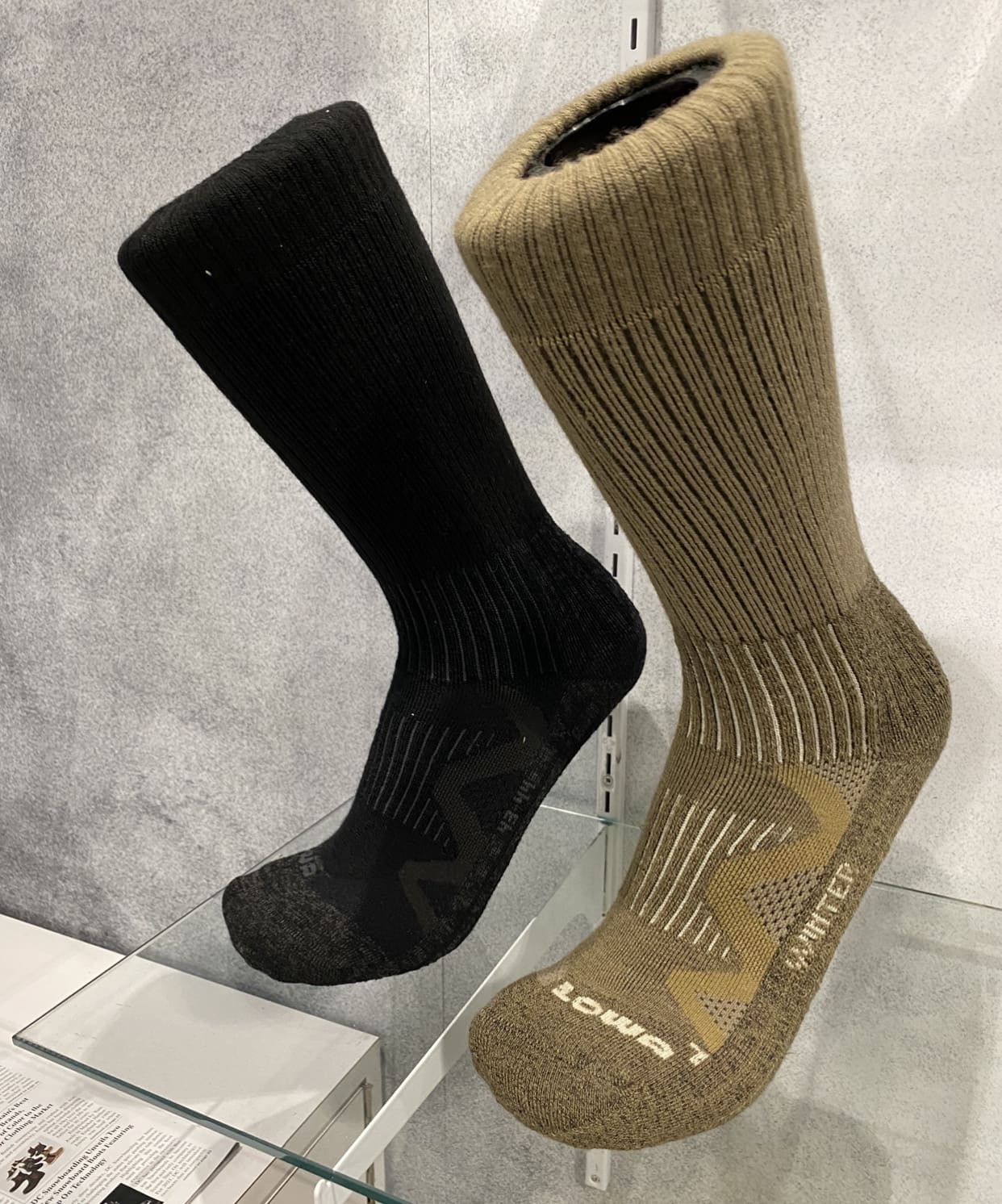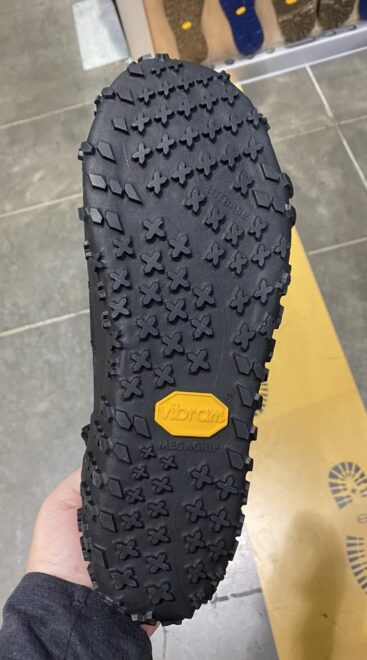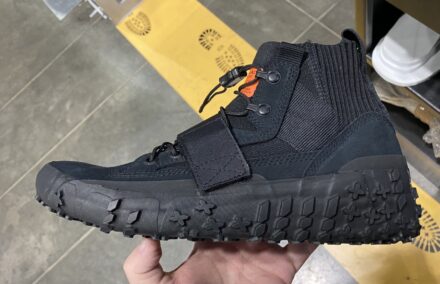Although the services are working to update cold weather clothing, the Defense Logistics Agency has let a Blanket Purchase Agreement for Commercial Off The Shelf Cold Weather Clothing as a stop-gap measure. Currently, Army and Marine Corps units can order up to $250k from each group of items per quarter.
Current BPA holders are ADS, Darley, Unifire, and Danner. The equipment is delivered direct to the customer and is not stocked by DLA. Current agreements will last until 4/17/2021, but Bi-lateral Agreement could extend them up to an additional 36 months.
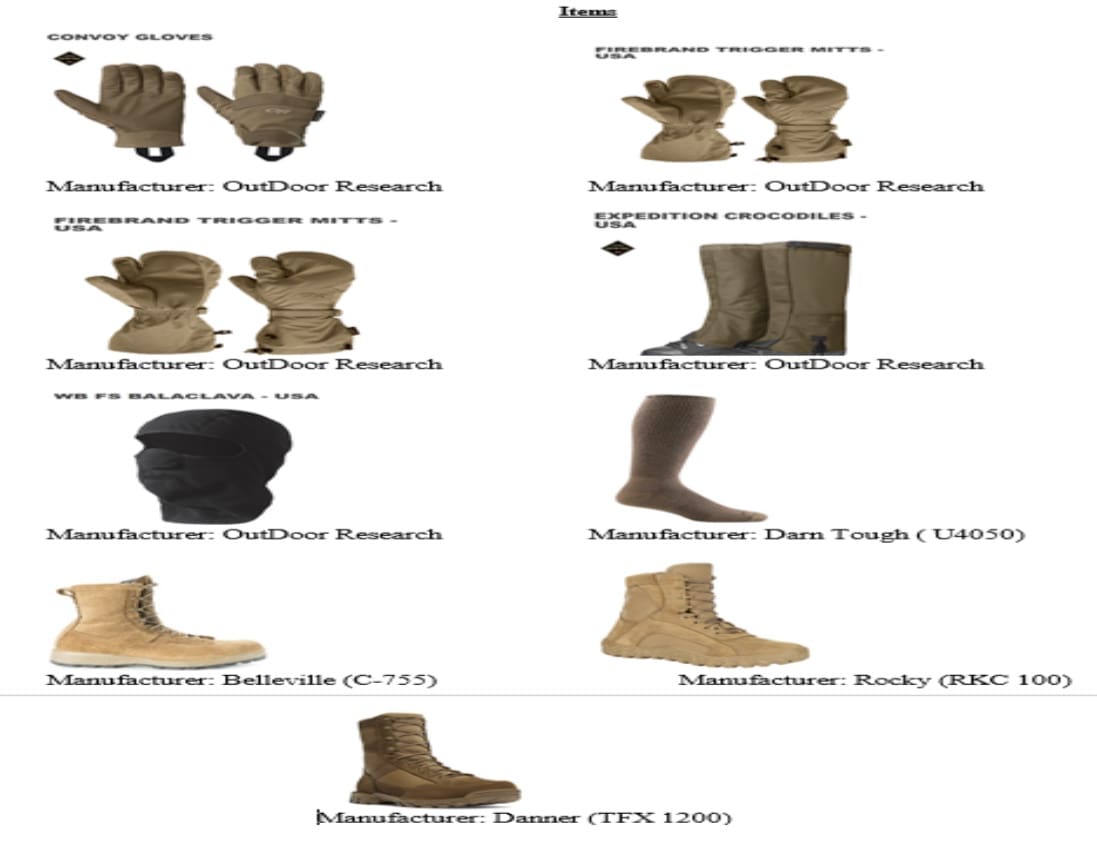
The program includes seven categories: Balaclavas, Boots (Full Regular & Wide sizes), Gaiters, Gloves, Mittens, Trigger Finger Mittens, and Socks. The image above is from a DLA briefing slide so the individual commodities are a bit compressed.
Brands include Outdoor Research, Belleville, Danner, Rocky, and Darn Tough. They plan to add Wild Things in both FR and NON-FR for Special Operations Customers Only as well as Half Sizes for Boots and possibly Mountaineering Gear.
All commercial items are assigned an NSN by size. Vendors may introduce alternates but they must be approved and no requisition will be delayed in order to approve an item. Any alternate will be added to the NSN as an acceptable part number.
Units CAN NOT specifically order one brand. Unit must accept any “or equivalent item” approved under the BPA.
The program is already a success. FY19 (May 2019 – September 2019) obligations were $10M.
• Socks – 150,000 PR
• Balaclavas – 34,000 EA
• Gaiters – 27,000 PR
• Boots – 6,600 PR
• Gloves – 3,500 PR
• TF Mittens – 3,000 PR



